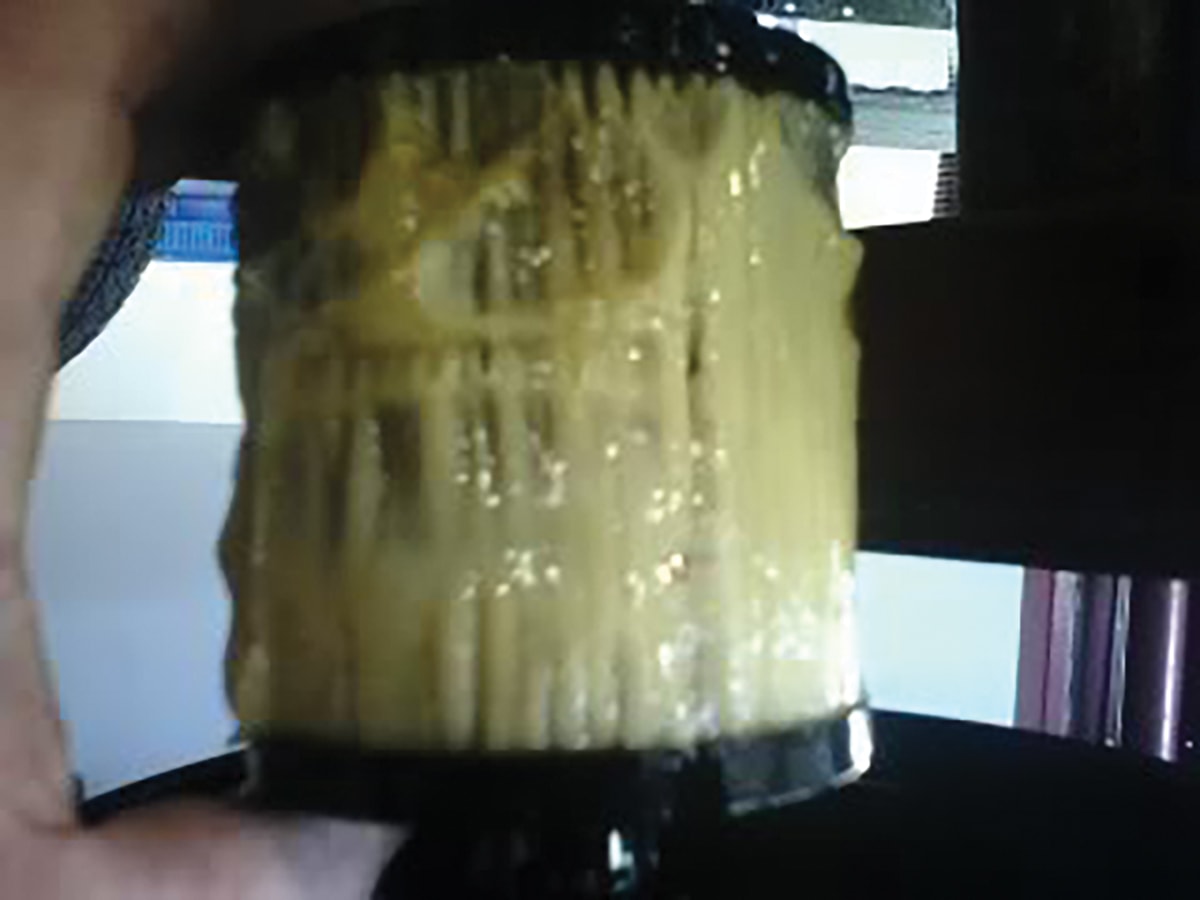Cooler temperatures and winterized fuel can lower fuel mileage wreak havoc on the fuel system of your diesel pickup. Lower fuel energy content is definitely a concern. This happens because manufacturers change the diesel fuel blend to keep it from becoming thick and gel-like.

Diesel fuel is prone to “gelling” due to the crystallization of waxes in diesel fuel in cold weather.
This gelling can prevent fuel flow to the engine, clog fuel lines, and gel up the filter.
For those new to diesel vehicles or vacationing or moved to colder climates, there are ways to
prevent gelling, although mileage will still suffer. Paraffin wax, which most call petroleum wax, is a
solid consisting of a mixture of hydrocarbon molecules. This type of wax occurs naturally in diesel
fuel. In normal operation temperatures, paraffin wax would remain in its liquid form. However,
these waxes will begin to solidify in cold weather, and at 32F (0C) it will crystalize and leave the
fuel appearing “cloudy”.
With No. 2 diesel having a "cloud point" of ~14 degrees Fahrenheit, temperatures below this
threshold will cause the fuel to gel. The cloud point is the temperature is when the waxes
in the fuel begin to crystalize and have a "cloudy" appearance. As the waxes continue
to crystalize further, fuel flow is compromised, and operational reliability is decreased significantly.
At 10-15 degrees Fahrenheit, these waxes will cause the fuel to gel and clog the fuel supply and
fuel filters.
Fortunately, there are additives and adjustments that can be made to help with the issue. We
recommend Archoil fuel additive to help battle winterized fuel issues.

https://idspeedshop.com/archoil-ar6200-16oz/
We also offer a kit with fuel and oil addtive's that will help eliminate gelling with the fuel, as well as
oil additive sticking injectors due to cold weather.

https://idspeedshop.com/archoil-powerstroke-kit-ar...
For the 6.0L trucks, Ford offered an inductive heating flash. If you don't have this flash or you'd
like to have it on you're truck, we do offer it as an option. There's a few options, so give us a call
or message to go over the best option for you.

The FICM will cycle through the injector outputs when the key is placed in the ON position. This is
called pre-cycle and the time of pre-cycle varies with engine temperature. The pre-cycle is done
as a self test of the injector circuits.


